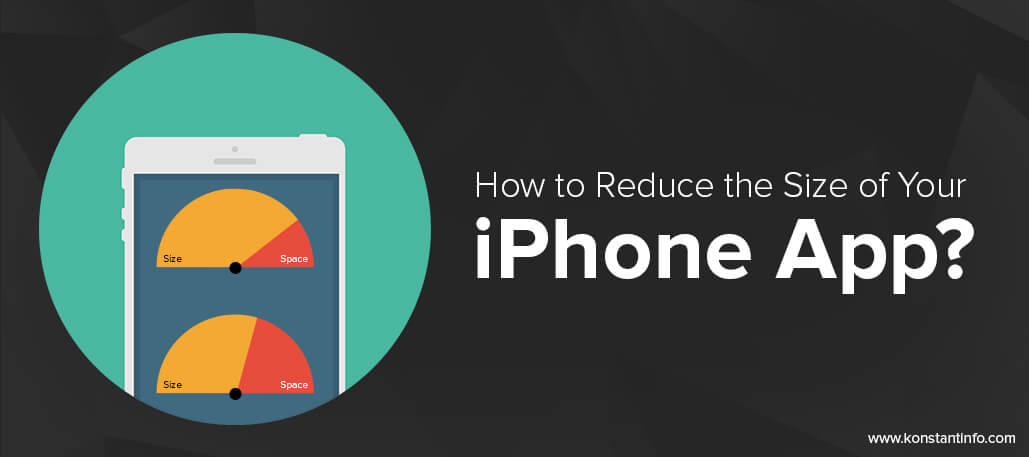
App size has always been a concern for iPhone users as Apple doesn’t leverage its users with external storage. Everything gets stored on the device’s internal memory, which binds the user to a specific storage space.
For somebody who owns a 16GB iPhone, it’s quite difficult to contain with it for a long time. As the allowed space for storing apps, images, videos, documents and files in an iPhone cuts short to around 11 or 12 GB because the remaining is already reserved for the operating system.
If you are someone who likes to play games on your phone or loves to capture life’s moments through your phone’s camera or probably shoot videos quite often then sadly 16GB phones are not for you. Your basic apps or you can say utility apps require a considerable amount of space, which restricts you from downloading your fantasy world apps on your device.
This problem has been faced by users since the time Apple launched its first iPhone forcing users to opt for devices with more internal storages. Also, it’s a concern for app owners as their app might not be downloaded because of the space limitations users face with their iPhones. In order solve the problem, iPhone app developers need to consider during iPhone app development.
Here, we are talking about the size of the app that can be optimized by the developer during its development phase. Following are the methods to trim the size of your app that’ll allow more people to access your amazing services while on the go.
It is defined as the process of fragmenting the iPhone application code into a series of codes. A developer can use the process of App Thinning that’ll divide the complete set of code into different fragments, which later, can be downloaded by the user when required, instead of downloading the bulk code sets at once. However, only users with iOS 9 or above can make most out of this feature.
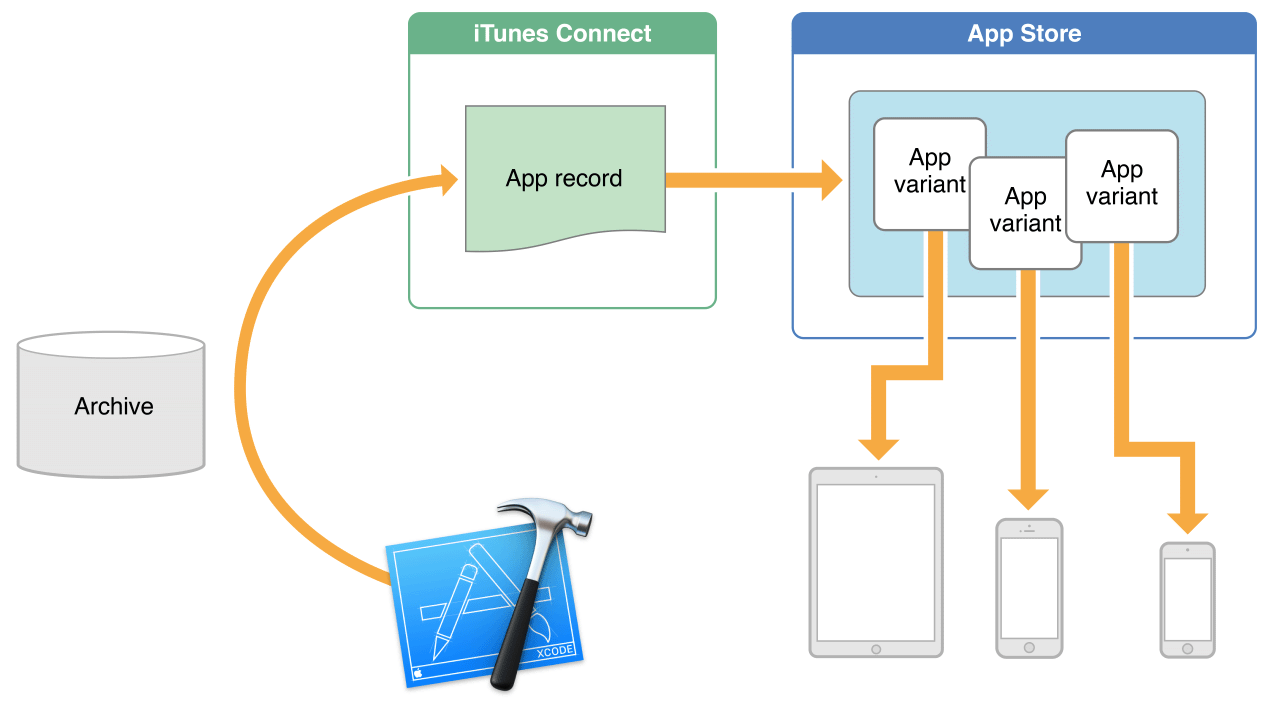 Image Source: developer.apple.com
Image Source: developer.apple.com
App Thinning allows keeping space and memory free on the device, which accounts for better user experience and superlative performance. The apps built using this special feature are faster, responds quickly and grant its users a high-quality experience.
Another fine method to take care of the excessive app size is through asset slicing. This reduces load from the entire asset class of an app by distributing several variants of the app to the store for compatible and targeted devices. Mentioned below are the steps to follow to achieve asset slicing.
It is an intermediate representation of compiled code. Developers don’t need to upload or submit the new version of the app to the store, instead, apps containing bitcode can be compiled and directly linked to the store. You can optimize and re-optimize the app’s code without worrying to submit the new version every time.
It refers to the process in which instead of providing all the resources to the user at once, only the necessary ones are pushed through. This is helpful in case of large (sized)apps that can stuff the user’s device with necessary resources.
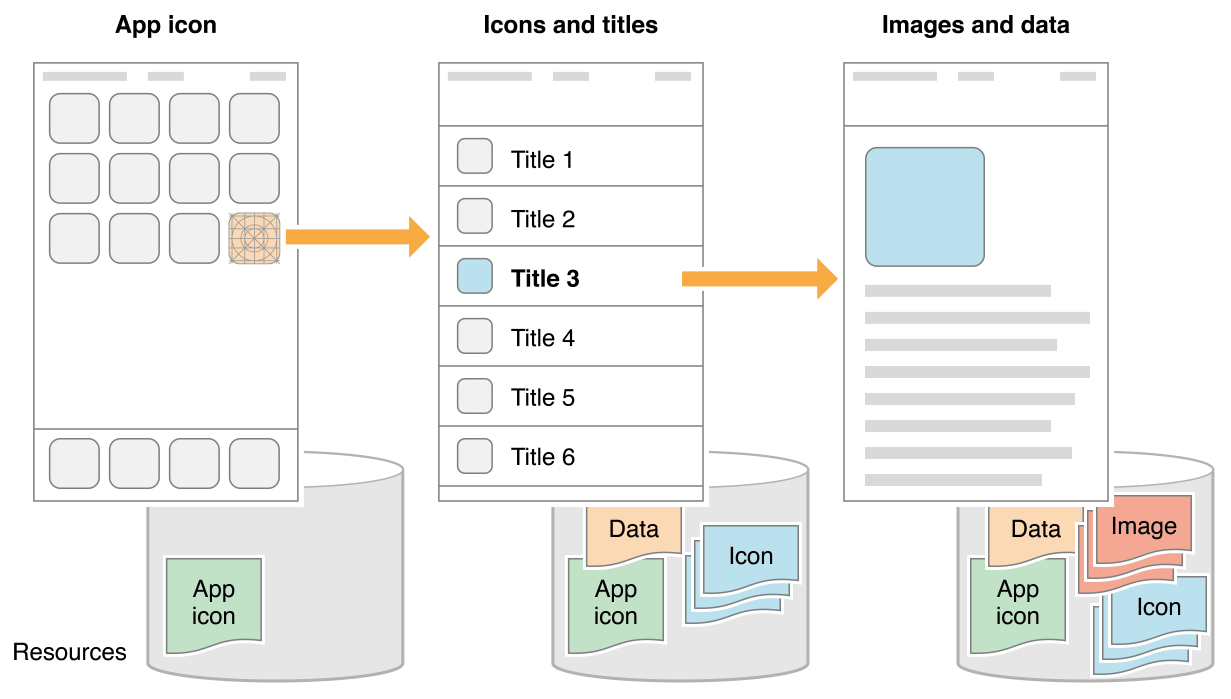 Image Source: developer.apple.com
Image Source: developer.apple.com
The process is easy and sorted. All the developer needs to do is assign a tag to each module/resource while building the app. Whenever the need arises, the desired tag can be identified and pushed to the user’s device. There are Prefetch tags that only run when the app is used for the very first time.
After the initially required resources, the game comes to conditional ones, which are downloaded as per the demand.
A lot of factors demand attention while building an app and not just the app size. As an app owner, you, along with the developer, need to be proactive in identifying and strategizing for the same. You can rely on our quirky developers and designers for your next iPhone app development. Mail us your requirements and our representative will contact you at the earliest.
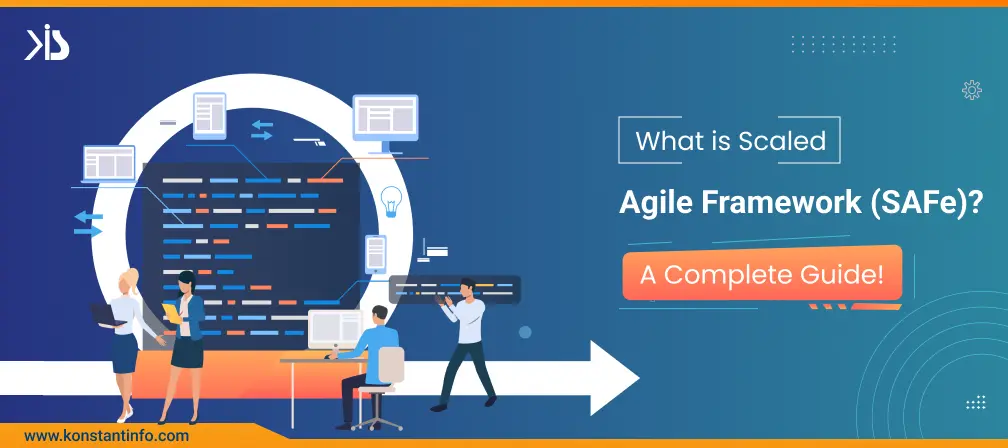
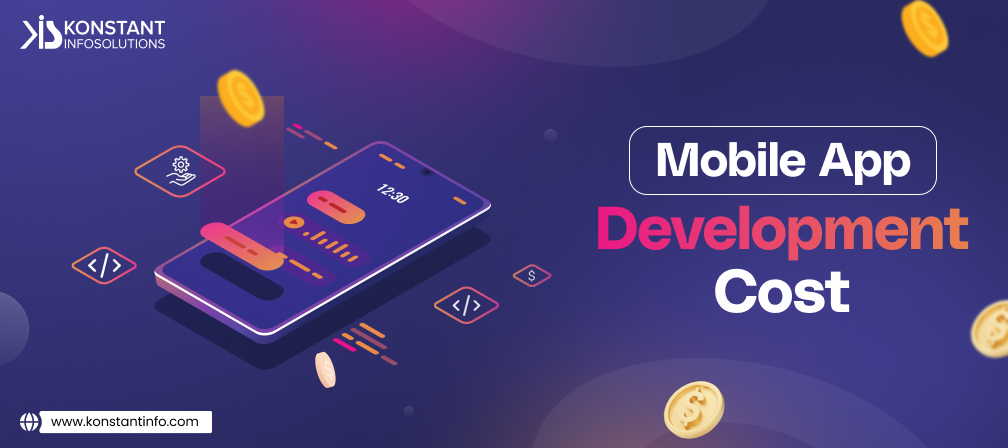

An IT Engineer, a Digital Marketer and a Content Marketing Specialist, Sahil Miglani enjoys technical as well as non-technical writing. His passion and urge for gaining new insights on gadgets, smartphones and technology has led him to Konstant Infosolutions. He quenches his thirst for technology through his action oriented writing skills and a profound ability to stay up to date with latest industry trends. Besides this, Sahil is a sports appreciator, a Sachin Tendulkar fan and a keen follower of cricket. He also has a flair for writing sports content. He lives with the belief that his hobbies have turned into his profession, no wonder he is writing wonders.
Or send us an email at: [email protected]